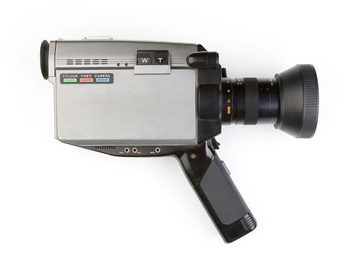
Video production is a three-part process. Depending on the actual video, the process can be either relatively straightforward or highly complex.
The three stages are:
1) Pre-production, where the video is prepared for ‘shooting’ (filming). It usually includes most of the following:
- developing and agreeing a storyboard and a total running time
- producing the shooting script
- choosing and finding equipment (cameras, autocue, sound recording, lights), sets, locations, props, graphics facilities and music
- putting together the production team, which can include some or all of the following: actors/presenter, director, videographer(s), graphic designer, sound engineer, continuity person, props builder and buyer
2) Production, where the video is actually shot. It usually involves:
- rehearsal, to make sure everyone understands what each scene or action involves
- script amendments, if needed, to take in last-minute changes or production issues
- shooting, which could involve several takes of the same scene
- sound recording, which usually happens with the shooting, but is sometimes needed separately for special sound effects or over-dubbing
3) Post-production, where all of the elements are put together into a final video. It usually includes:
- graphics production, including any special digital effects
- caption generation and titling
- editing
- dubbing and overlaying music
- adding sound effects
The role of the producer
Most videos need a producer to manage all the resources, and to make the video is produced in line with your brief. Sometimes, if the video is straightforward, one person can take on the roles of producer, director and videographer. However, this can make it difficult to see problems as they arise. Solving issues after the production phase can be difficult and expensive.
Producers are usually responsible for financial management and cost-control. They also ensure that any licenses and permissions are granted, including music rights, permissions to shoot in public places and licenses to use someone else’s intellectual property.
DIY video production?
The availability of cheap and easy-to-use video cameras, editing software and graphics packages sometimes encourages businesses to produce videos themselves. Without the relevant skills, though, it’s difficult to do this effectively, even for a very simple production, and the results can appear unprofessional and lacking in impact.
If you can’t afford professional production values, it might be better to spend tight budgets on other forms of online marketing.




